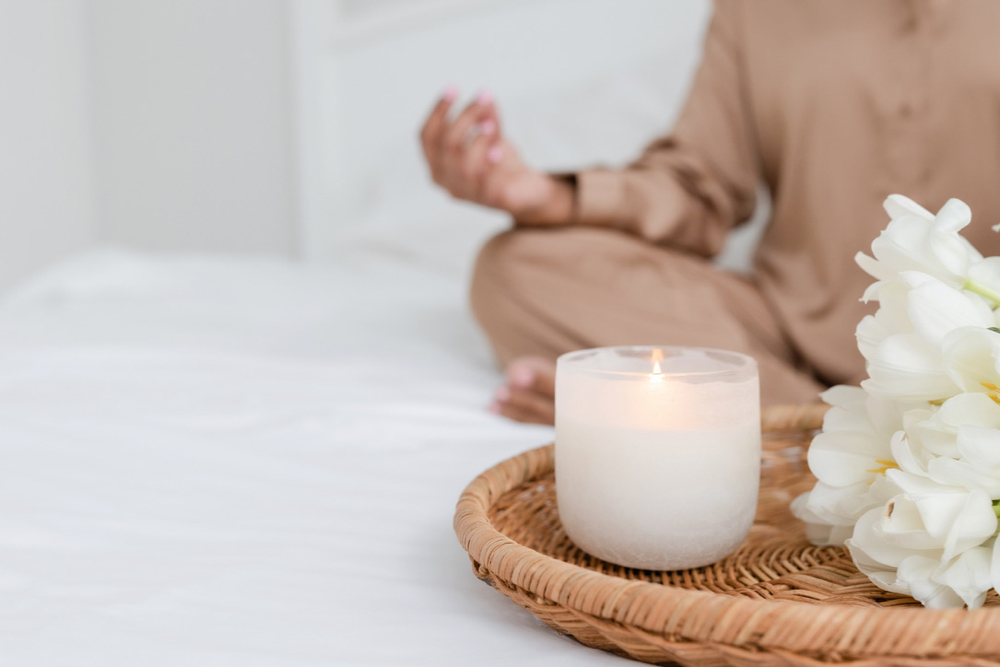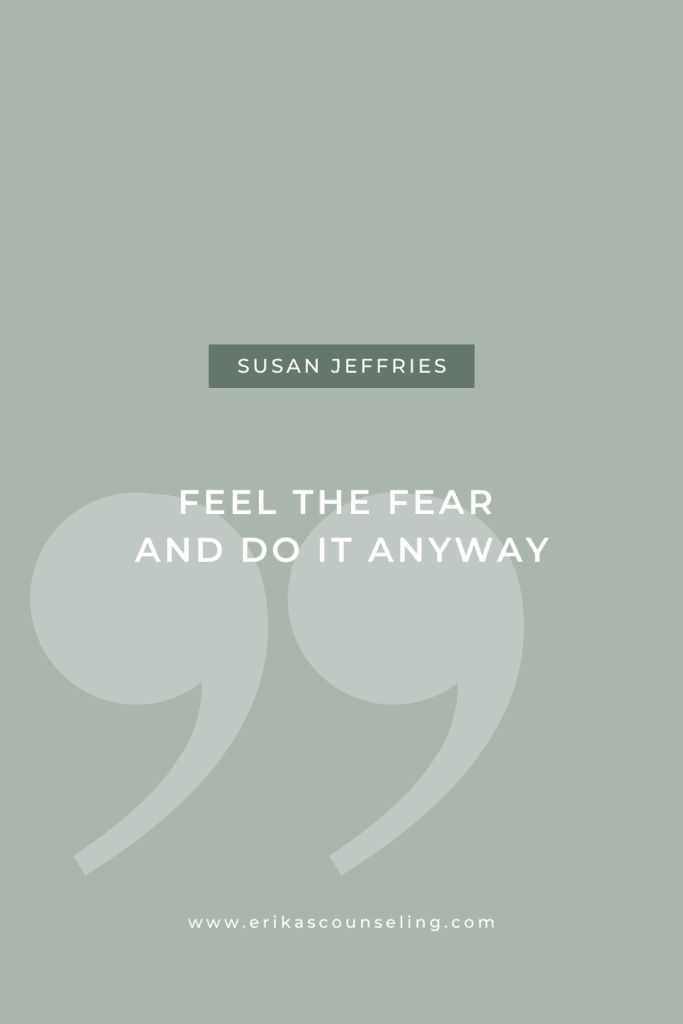Anxiety is now the leading mental health concern among children, teens and adults.

What do you think of when you hear the word anxiety? Take a moment to think about your relationship with anxiety … your thoughts, experiences and feelings related to anxiety. Where do you feel it in your body?
In order to understand your relationship with anxiety let us better understand what anxiety actually is.
Anxiety is our brain’s hard-wired threat response. It is a beautifully orchestrated mechanism in your body to keep you safe. It has helped humans survive for thousands of years. Anxiety could be defined as worry, fear, or distress, which includes physiological symptoms. Symptoms such as: Increased breathing, feeling short of breath, butterflies in your stomach, increased heart rate, need to use the bathroom, shaky sensations, feeling faint or dizzy, sweaty palms, irritability. Any of these sounds familiar? They are a normal physiological response to our bodies fight, flight or freeze alarm system.

Anxiety is a normal human emotional response, however, when anxiety is triggered too frequently and in the absence of an actual threat it can become a problem. It can lead to excessive fear, hypersensitivity, withdrawal from activities, avoidance, physical health ailments and negatively impacts your daily functioning. In essence excessive anxiety shuts down opportunities in your life and robs you of joy.
Think of anxiety along a continuum. If we never had any stressors or anxiety we could actually be in danger. Some anxiety and stress is needed and appropriate. However, when you move along the continuum and spend most of your time on the other end, you then enter a zone that the anxiety response is no longer serving you, but hurting you.
The goal is to not make anxiety completely go away. Life will inevitably be filled with stressors. No matter how hard you try to make fear go away, you simply cannot. The goal is to change your relationship with fear. The key is to learn to manage it and no longer allow fear to control your life.

3 Ways to Make Friends With Your Anxiety:
- Acknowledge your anxiety. Increase your awareness of how anxiety impacts you.
- Where do you feel it in your body? Don’t try to push your anxiety away, simply acknowledge it. That which we resist, persists.
- Practice letting go of your resistance to feeling anxious. This is where developing a practice of mindfulness and awareness comes into play.
- You cannot change that which you are not aware of. “Oh, hey anxiety, I see you.”
- Acknowledge that anxiety is a hard-wired response actually trying to keep you safe.
- You want to notice and acknowledge your anxiety, but you get to be in the driver’s seat. Anxiety does not get to make your decisions for you! “Oh hey, thanks brain for trying to keep me safe, but I’ve got this!”
- Continue moving forward with your day or activity in the midst of tolerating the discomfort that arises. Acknowledge your fear and do it anyway. (Note: I am not speaking of truly dangerous activities or activities that do not align with your core values.)
The only way out is through. The only way to improve tolerating discomfort is to practice tolerating discomfort.
Practice mantras to help you move through the discomfort:
“I can do hard things.”
“This is a feeling that will pass. Feelings cannot hurt me.”
“I can tolerate this feeling.”
“I am safe.”
“I can grow from this experience.”
When you begin to shift your mindset from anxiety as an enemy, something to avoid at all costs, to anxiety as your friend, there to keep you safe; you will begin to build your confidence in making decisions for your life from a place of your core values, rather than from a place of fear.
Remember you can do hard things. There is hope. There is help.